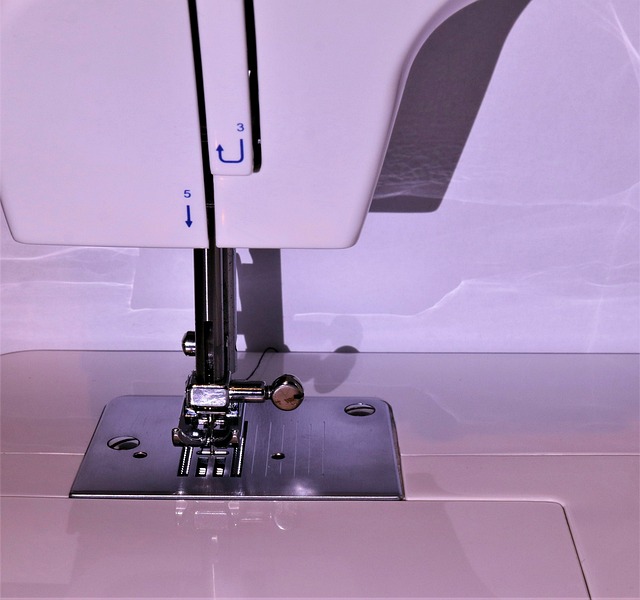Durable Glulam Connections: Ultimate Installation Guide

Selecting proper adhesives for glulam (GLT) beams is crucial for durability against moisture and weather. Preparing surfaces, using specialized connec…….
Welcome to an in-depth exploration of the essential practice of Glue Laminated Beam (GLB) Installation, a technique that has revolutionized structural engineering and construction worldwide. This guide aims to equip readers with a thorough understanding of GLB installation, its historical development, global impact, and future prospects. By delving into this topic, we uncover how innovative construction methods contribute to shaping modern infrastructure and address the critical need for efficient, durable, and cost-effective building solutions.
Glue Laminated Beams, or GLBs, are a type of structural element engineered for strength and stability in building construction. They consist of multiple layers of wood laminates bonded together with high-performance adhesives. The core components include:
The concept of glue laminating wood dates back to the late 19th century, but its widespread adoption in beam construction began in the mid-20th century. This evolution was driven by the need for stronger, more durable structural elements as construction projects grew in scale and complexity. Over time, advancements in adhesive technology and precision engineering have significantly improved GLB performance, making them a viable alternative to traditional solid wood or steel beams.
GLBs offer several advantages, including:
GLB Installation has left its mark globally, with significant adoption in North America, Europe, and Asia Pacific regions. The United States, Canada, Germany, and Japan are notable leaders in GLB technology, driving innovation and setting industry standards. This global trend is influenced by the growing demand for sustainable, efficient, and aesthetically pleasing construction methods.
While the global trend leans towards embracing GLB technology, regional variations exist:
| Region | Adoption Rate | Key Factors | Challenges |
|---|---|---|---|
| North America | High | Established industry, advanced manufacturing capabilities | Limited availability of specialized labor |
| Europe | Growing | Increasing demand for sustainable construction, government incentives | Strict building codes, regulatory compliance |
| Asia Pacific | Rising | Rapid urbanization, growing middle class | Cultural and regional variations in construction practices |
The global Glue Laminated Beam market is characterized by:
GLB Installation attracts investments from:
The economic significance of GLB Installation includes:
Adhesive technology is a key driver of GLB performance improvements:
Pre-fabricated GLBs are assembled off-site, improving efficiency and quality control:
Digital tools revolutionize GLB design:
Governments and regulatory bodies play a crucial role in GLB Installation through:
Compliance with regulations presents both opportunities and challenges:
GLB Installation faces several challenges and criticisms, which can be mitigated with strategic approaches:
| Challenge | Mitigation Strategy |
|---|---|
| Initial Cost: Higher upfront costs compared to conventional beams. | Highlight long-term savings through reduced maintenance and faster construction. Offer incentives or grants for adopting GLBs in public projects. |
| Specialized Labor: Limited availability of trained installers. | Invest in training programs and create industry certifications to develop a skilled workforce. Encourage collaboration between manufacturers and contractors. |
| Regional Suitability: Variability in climate and building codes may limit GLB use. | Provide technical support and guidelines for adapting GLBs to different regions, ensuring compliance with local regulations. |
| Environmental Impact of Adhesives: Concerns over adhesive emissions. | Promote the use of low-VOC (Volatile Organic Compound) adhesives and showcase their environmental benefits in life cycle assessments. |
This residential skyscraper showcases GLBs’ potential in high-rise construction. With a focus on sustainability, the project utilized locally sourced glulam for its structural framework. Pre-fabricated GLBs enabled rapid installation, reducing construction time and waste. The building’s design emphasizes natural light and ventilation, setting a new standard for eco-friendly residential towers.
Japan’s extensive subway system recently incorporated GLBs in an ambitious expansion project. The technology provided the necessary strength and stiffness to support longer span lengths, reducing the number of support columns required. This resulted in a more aesthetically pleasing and cost-effective design, setting a new trend for urban transportation infrastructure.
A newly constructed primary school in Sweden exemplifies GLBs’ role in sustainable education facilities. The building’s curved wood structure, achieved through advanced laminating techniques, reduces the environmental impact while providing a unique and inspiring learning environment. The school’s design won multiple awards for its innovative use of GLBs and commitment to eco-friendly construction.
The future of GLB Installation holds immense potential in:
To capitalize on future prospects:
The Glue Laminated Beam Installation Guide has evolved into a vital tool for modern construction, offering enhanced structural capabilities, sustainability, and efficiency. Its global impact is evident in diverse applications, from residential buildings to critical infrastructure projects. As the industry continues to advance, GLBs will play an increasingly significant role in shaping sustainable, resilient, and aesthetically pleasing structures worldwide.
Q: What are the key benefits of using Glue Laminated Beams?
A: GLBs offer enhanced strength-to-weight ratio, durability, versatility, and environmental friendliness compared to traditional building materials like steel or concrete beams.
Q: How do GLBs contribute to sustainable construction?
A: GLBs are made from renewable wood resources and have a lower environmental impact than many alternative structural materials. Their longevity and reduced maintenance needs also minimize overall ecological effects.
Q: Can GLBs be used in all types of buildings?
A: While GLBs are versatile, their application depends on local building codes, climate conditions, and specific structural requirements. Specialized knowledge is needed to ensure proper design and installation for each project.
Q: What role do advanced adhesives play in GLB performance?
A: Modern adhesives, with their superior bonding strength and flexibility, significantly enhance GLB durability, especially under various environmental conditions.
Q: How does pre-fabrication improve GLB Installation?
A: Pre-fabrication techniques enable precise cutting, automated bonding, and modular design, leading to faster installation, reduced waste, and improved overall project efficiency.

Selecting proper adhesives for glulam (GLT) beams is crucial for durability against moisture and weather. Preparing surfaces, using specialized connec…….

The Glue Laminated Beam Installation Guide emphasizes glue laminating as a method to enhance wood beam strength and stability. Choosing the right adhe…….

Glue Laminated Timber (GLT), a revolutionary building material, offers enhanced structural integrity and strength compared to traditional joists. Avai…….

Selecting proper adhesives and precise assembly techniques are key to successful Glue Laminated Beam (GLT) installation. Quality control inspections e…….

Understanding Glue Laminated Beam (GLT) costs involves considering glues, labor, and project scope. Factors like structural complexity, beam size, lab…….

Glulam construction using Glue Laminated Beam (GLT) installation techniques creates strong, durable structural elements. The right adhesive choice bas…….

Glue Laminated Beam (GLT) installation involves high-performance adhesives and precise techniques for structural integrity and aesthetic appeal. This…….

Before repairing a damaged glue laminated beam, inspect for cracks, splits, and delamination. Clean and ensure compliance with structural codes, selec…….

Choosing the right adhesive for Glue Laminated Beams (GLT) is crucial for structural integrity and project longevity. The Glue Laminated Beam Installa…….

Selecting high-quality lumber and structural adhesives is vital for successful glue-laminated beam construction. Proper preparation includes clearing…….